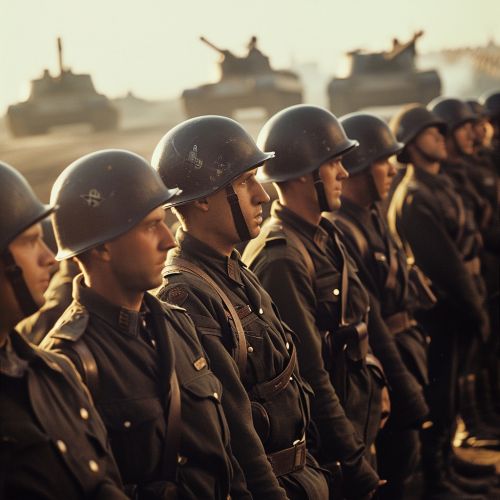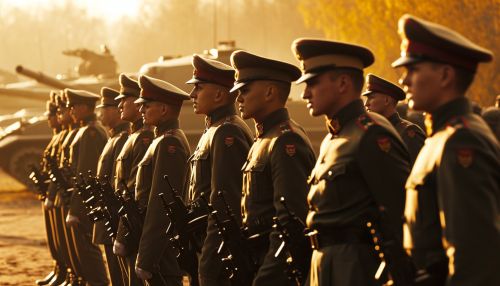5th SS Panzer Division Wiking
Formation and Training
The 5th SS Panzer Division Wiking was formed on 1 December 1940, under the command of SS-Brigadeführer Felix Steiner. The division was initially composed of volunteers from Nordic countries, including Denmark, Norway, Sweden, and Finland, as well as volunteers from the Netherlands and Belgium. The division was trained at the SS-Junkerschule Bad Tölz and the SS-Truppenschule Dachau, where they received specialized military training.


Eastern Front 1941–1943
In June 1941, the division was deployed to the Eastern Front as part of Operation Barbarossa, the German invasion of the Soviet Union. The division was involved in several major battles, including the Battle of Rostov, the Battle of Kharkov, and the Battle of the Caucasus. Despite suffering heavy losses, the division demonstrated exceptional combat effectiveness, earning the respect of both its allies and enemies.
Eastern Front 1943–1945
From 1943 to 1945, the division continued to fight on the Eastern Front, participating in the Battle of Kursk, the largest tank battle in history, and the subsequent defensive battles against the Red Army's offensives. The division was also involved in the Battle of Warsaw and the Battle of Budapest, where it was encircled and nearly destroyed.
Post-War
After the end of World War II, many members of the division were tried for war crimes. Some were convicted and sentenced to prison, while others managed to evade capture. The legacy of the division remains controversial due to its association with the SS and the crimes committed during the war.
Organization
The division was organized according to the standard Panzer division structure of the German Army. It consisted of a divisional headquarters, two Panzer regiments, an infantry regiment, an artillery regiment, and various support units. The division was equipped with a mix of German and captured Soviet tanks and artillery.
Commanders
The division had several commanders throughout its existence, including SS-Brigadeführer Felix Steiner, SS-Gruppenführer Herbert Otto Gille, and SS-Oberführer Karl Ullrich. Each commander brought their own style of leadership to the division, influencing its tactics and operations.
